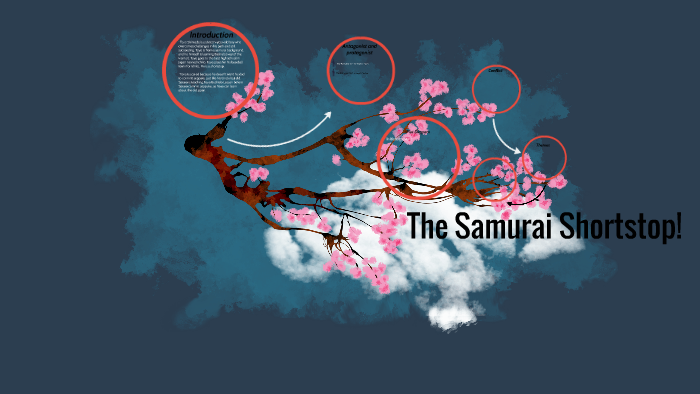


Since it IS still an integral part of the Japanese culture, the ignoring of such practice shows a certain mentality from the author and the publisher.Access-restricted-item true Addeddate 06:13:59 Autocrop_version 0.0.14_books-20220331-0.2 Boxid IA40825322 Camera Sony Alpha-A6300 (Control) Collection_set printdisabled External-identifier

These can be easily researched - even a simple google search or any entry level Japanese language text book can reveal the correct usage of these honorifics. When calling an upper classman, one will always use honorifics: -san and -sempai attached to either the first or last names and when the younger students are addressed, the older ones might use -kun. A son will never call his own father by the first name – no matter HOW much he detest his own father. It simply is not done - not then, and not even now in the 21st century. The most glaring problem for me is the use of first names of anyone elder. Note on Cultural Inaccuracies: My suspicion was confirmed by a Japanese friend that since Gratz is not Japanese, nor is he an expert in the Japanese language, some cultural inaccuracies occur in the book. To link the spirit of Bushido (Way of the Warriors) and baseball presents such a fresh look on the American’s National Pasttime that will inspire many young readers to think about the sport they love more deeply and meaningfully. All the necessary components of a successful baseball team. Yet this is not a book about violence, but about honor, loyalty, teamwork, inner strength, and physical strength, as well. The opening scene of detailed Seppuku (suicide by cutting open one’s own stomach) ritual and some of the High School hazing methods are definitely not for the faint of heart. The events unfold as the momentum gains and as Toyo’s self-understanding grows – subtly but with such forces that I could not put the book down.

Every scene is necessary in this tightly written and thoroughly researched historical novel.


 0 kommentar(er)
0 kommentar(er)
